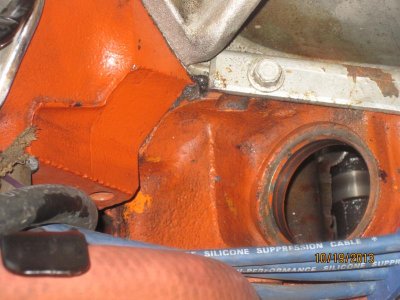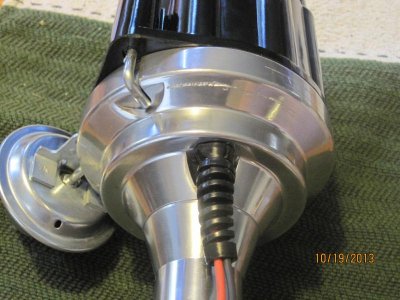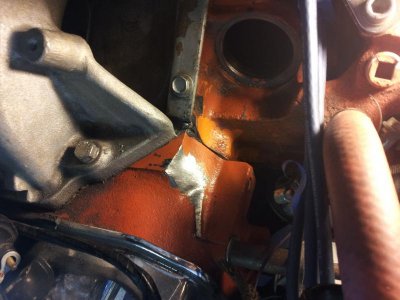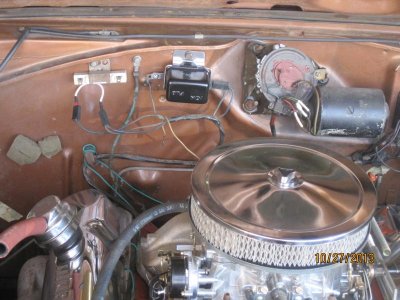I've had the Coronet for a week and the first thing I wanted to do was change out the points dist to an EI. I picked up the pertronix inginitor III and coil, along with a solid state VR. I went to install the dist today and it doesn't fit! The outside shoulder of the dist just contacts the head, preventing it from dropping the last 1/8".
The engine is a stock mid-70's 440 with stock cast iron heads. The dist is hanging up on the casting ridge and a little bit of the corner of the head. So - is it OK to grind down the ridge? And how much meat is there on the corner if I have to go deeper?
The engine is a stock mid-70's 440 with stock cast iron heads. The dist is hanging up on the casting ridge and a little bit of the corner of the head. So - is it OK to grind down the ridge? And how much meat is there on the corner if I have to go deeper?




















